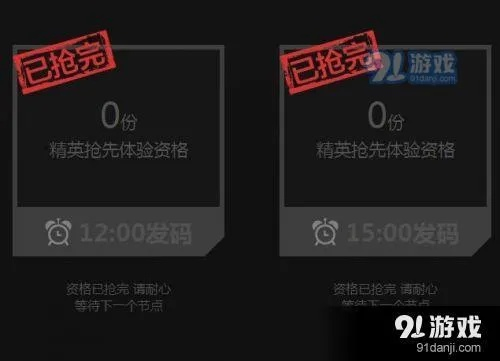Introduction to Real-Time Reporting
Real-time reporting has become an integral part of modern journalism, providing audiences with immediate updates on breaking news and events. This form of reporting allows for the dissemination of information as it happens, ensuring that the public stays informed and engaged. In this article, we will explore the concept of real-time reporting, its significance, and some notable examples of its use in various contexts.
Defining Real-Time Reporting
Real-time reporting refers to the practice of delivering news and information immediately after an event occurs. It involves the use of various media platforms, including television, radio, online news websites, and social media, to provide up-to-date information to the audience. Unlike traditional reporting, which may involve a delay due to editing and production processes, real-time reporting aims to be as immediate and unfiltered as possible.
Challenges of Real-Time Reporting
While real-time reporting offers numerous advantages, it also presents several challenges. One of the primary challenges is the potential for misinformation. With information being shared quickly, there is a risk of inaccuracies or misinterpretations being propagated. Additionally, the fast-paced nature of real-time reporting can lead to the omission of important details or the failure to provide a comprehensive analysis of the event.
Another challenge is the need for journalists to be well-informed and equipped with the necessary technology. Real-time reporting often requires access to multiple sources of information, as well as the ability to quickly verify facts and sources. Journalists must also be adept at using various communication tools and platforms to disseminate information efficiently.
Technological Tools for Real-Time Reporting
The advent of technology has significantly enhanced the capabilities of real-time reporting. Mobile devices, satellite technology, and high-speed internet connections have made it possible for journalists to report from virtually anywhere in the world. Social media platforms like Twitter and Facebook have become crucial tools for real-time reporting, allowing journalists to share updates, images, and videos with a global audience almost instantaneously.
Additionally, news organizations have developed sophisticated software and applications that enable them to manage and distribute real-time content. These tools often include features such as live streaming, interactive maps, and real-time analytics, which help journalists provide a more engaging and informative experience for their audience.
Notable Examples of Real-Time Reporting
One of the most famous examples of real-time reporting is the coverage of the 9/11 attacks in 2001. News organizations around the world provided continuous updates and live coverage as the events unfolded, keeping the public informed and united in the face of tragedy. Another notable example is the Arab Spring uprisings in the early 2010s, where social media played a crucial role in real-time reporting, allowing activists and journalists to share information and images with the world.
More recently, the COVID-19 pandemic has been extensively covered in real-time, with journalists and news organizations using various platforms to provide updates on the spread of the virus, government responses, and the impact on communities worldwide.
The Impact of Real-Time Reporting on Journalism
Real-time reporting has had a profound impact on the journalism industry. It has increased the demand for fast-paced, accurate, and reliable news sources. Journalists must now be more adaptable and skilled in using various digital tools to report effectively. Moreover, real-time reporting has blurred the lines between professional journalism and citizen journalism, as anyone with access to a smartphone and an internet connection can contribute to the dissemination of news.
However, the rise of real-time reporting has also raised concerns about the quality of journalism. With the pressure to report quickly, there is a risk that journalists may sacrifice accuracy and depth for speed. It is crucial for news organizations to maintain high standards and ensure that their real-time content is fact-checked and well-sourced.
Conclusion
Real-time reporting has become an indispensable part of modern journalism, enabling the public to stay informed and engaged in the world around them. While it presents challenges, such as the potential for misinformation and the pressure to report quickly, the benefits of real-time reporting are clear. As technology continues to evolve, it is likely that real-time reporting will become even more integrated into the fabric of journalism, shaping the way we consume and understand news.
转载请注明来自互诺实验设备(衡水)有限公司,本文标题:《意外实时报道英文,意外事件的英文怎么写 》














 冀ICP备2024085275号-1
冀ICP备2024085275号-1